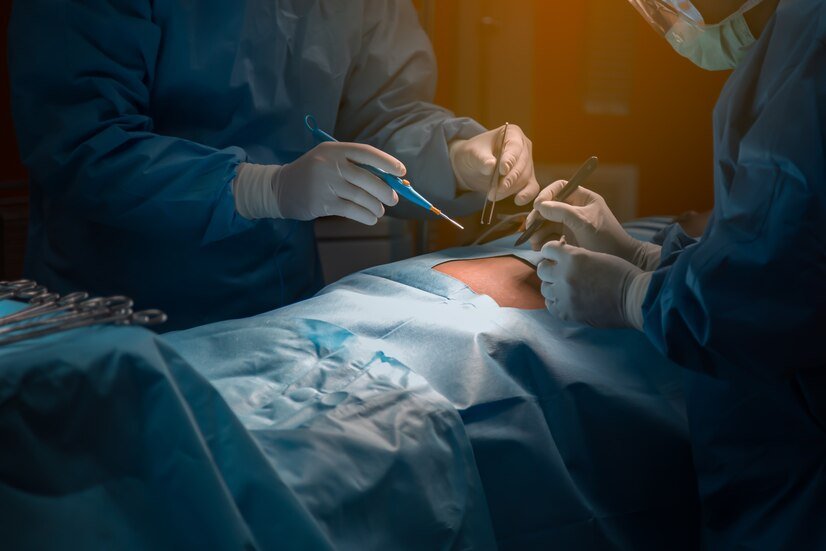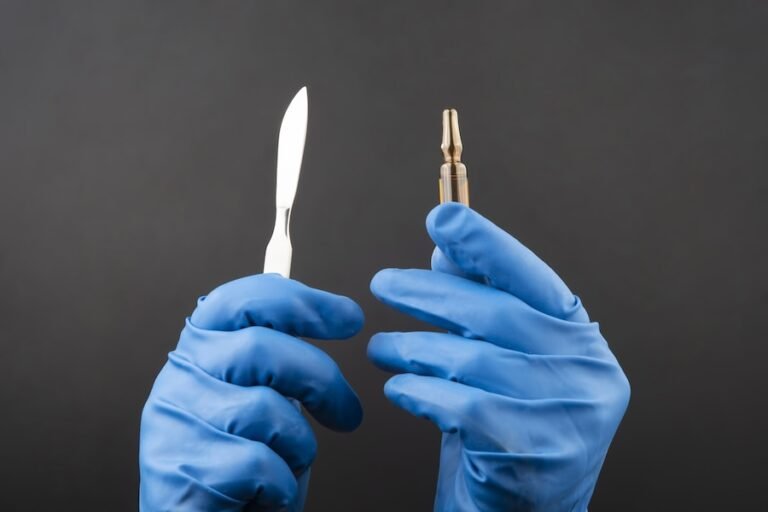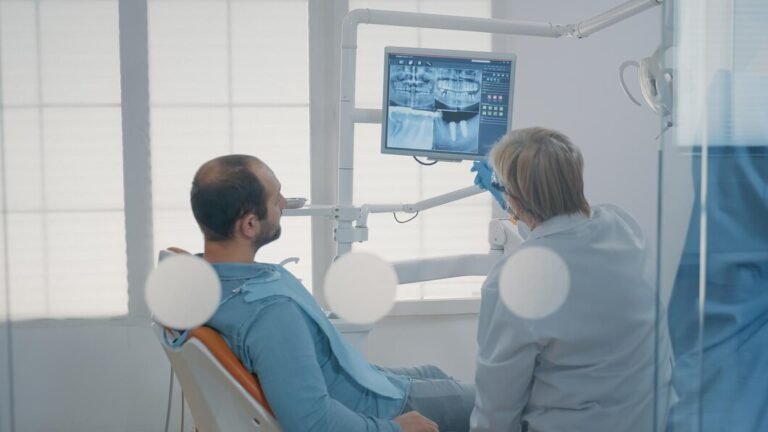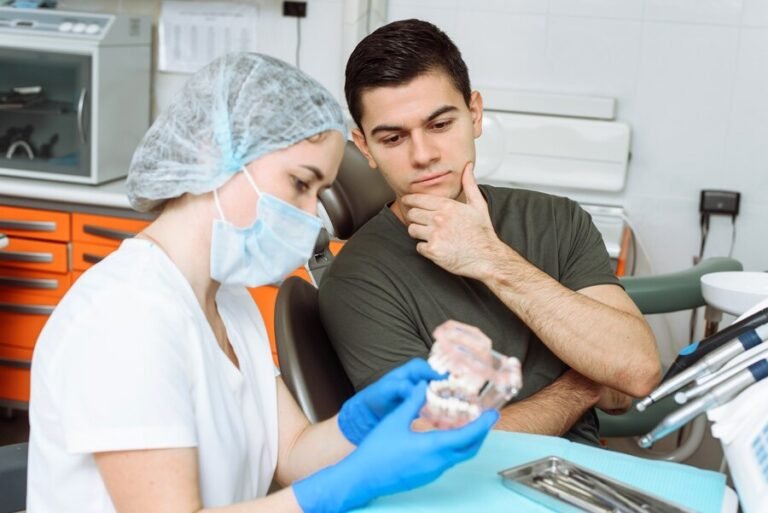The Role Of Technology In Modern Surgical Procedures
In the ever-evolving landscape of medicine, technological advancements have revolutionized the field of surgery. From minimally invasive techniques to robotic assistance, technology plays a pivotal role in enhancing precision, safety, and patient outcomes. In this article, we delve into the profound impact of technology on modern surgical procedures.
To Know More About It Please Click Here
Precision and Accuracy
One of the most significant contributions of technology to surgery is the enhancement of precision and accuracy. Advanced imaging techniques such as MRI, CT scans, and ultrasound enable surgeons to visualize internal structures with unparalleled clarity before and during the procedure. This precise imaging allows for meticulous planning and navigation during complex surgeries, reducing the risk of errors and complications.
Minimally Invasive Techniques
Minimally invasive surgery (MIS) has transformed the surgical landscape by offering patients less invasive alternatives to traditional open procedures. Technologies such as laparoscopy and endoscopy utilize small incisions and specialized instruments equipped with cameras and lights to perform intricate surgeries with minimal tissue damage. These techniques result in shorter recovery times, reduced postoperative pain, and lower risk of infection compared to conventional surgery.
Robotic-Assisted Surgery
Robotic-assisted surgery represents a paradigm shift in surgical techniques, combining the precision of technology with the dexterity of human hands. Robotic systems, such as the da Vinci Surgical System, provide surgeons with enhanced visualization, dexterity, and control during procedures. With robotic assistance, surgeons can perform complex surgeries with greater accuracy and efficiency, leading to improved patient outcomes and reduced recovery times.
Augmented Reality and Virtual Reality
Augmented reality (AR) and virtual reality (VR) technologies have emerged as powerful tools in surgical education, planning, and execution. AR overlays digital information onto the surgeon’s view of the patient, offering real-time guidance and feedback during surgery. VR, on the other hand, creates immersive simulated environments that allow surgeons to practice procedures and plan surgeries in a risk-free setting. These technologies enhance surgical proficiency, reduce errors, and improve patient safety.
3D Printing and Bioprinting
Advancements in 3D printing and bioprinting have opened up new possibilities in surgical planning, prosthetics, and tissue engineering. Surgeons can now create patient-specific models and surgical guides using 3D printing technology, allowing for personalized treatment strategies and precise anatomical reconstructions. Bioprinting enables the fabrication of living tissues and organs, paving the way for regenerative medicine and organ transplantation.
Remote Surgery and Telemedicine
The advent of telemedicine and remote surgical techniques has overcome geographical barriers and expanded access to specialized surgical care. Remote surgery platforms allow expert surgeons to perform procedures from remote locations, providing guidance and assistance to local surgical teams. This technology is particularly valuable in underserved areas or during medical emergencies where access to skilled surgeons may be limited.
Conclusion
Technology has become an indispensable ally in modern surgical practice, empowering surgeons with advanced tools and techniques to improve patient outcomes and quality of care. From precision-guided instruments to virtual simulations, the integration of technology continues to push the boundaries of what is possible in surgery. As technology continues to evolve, the future of surgical procedures holds the promise of further advancements, ultimately benefiting patients worldwide.








